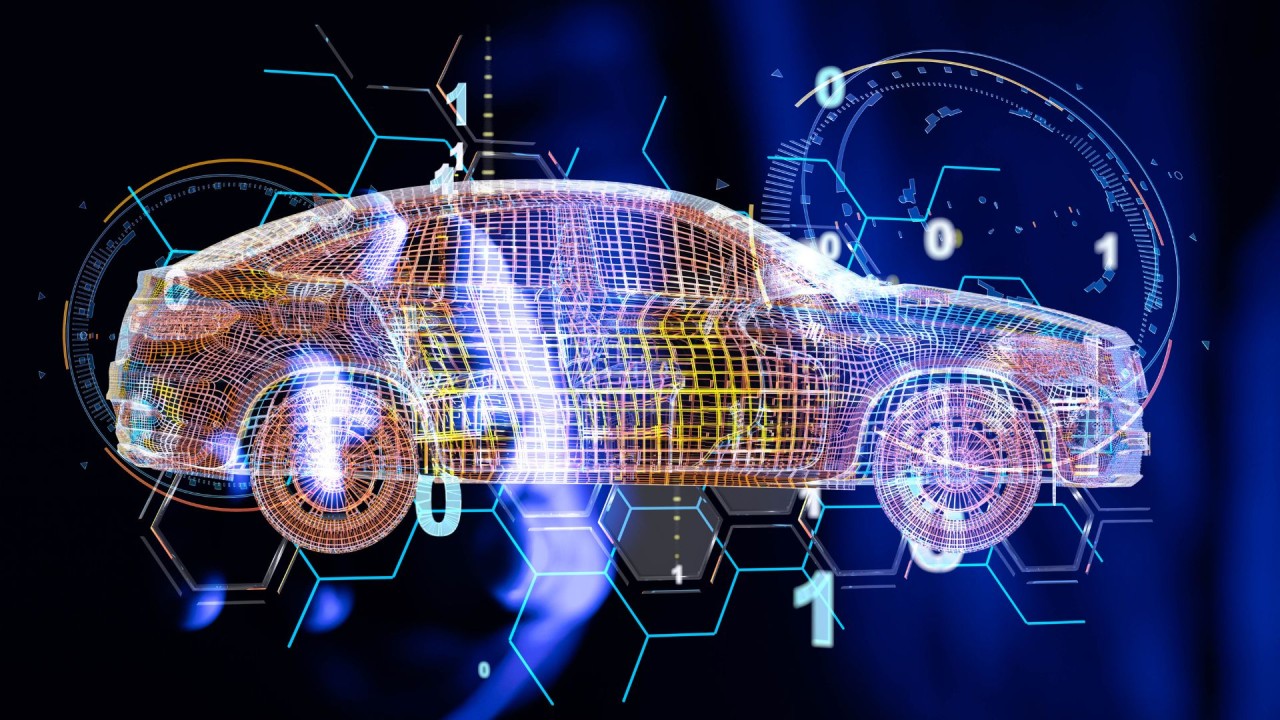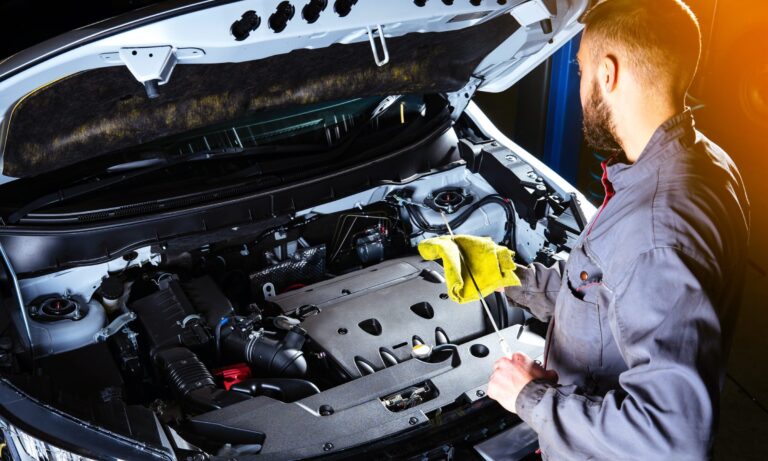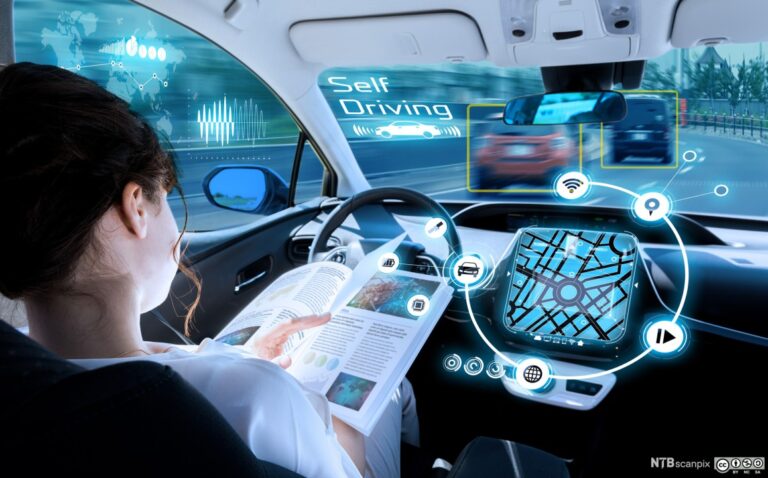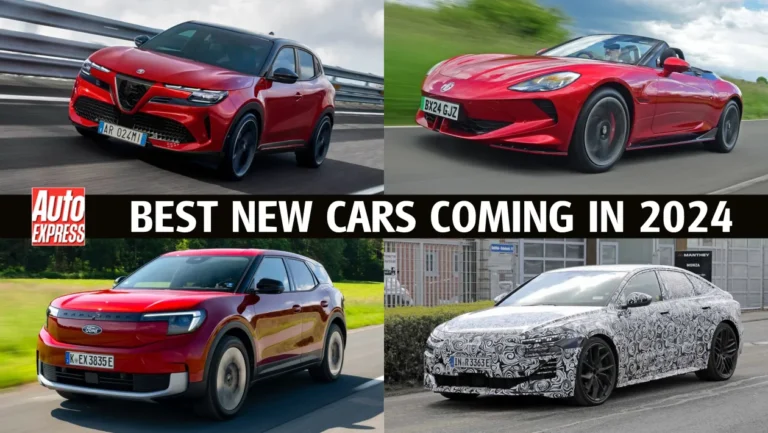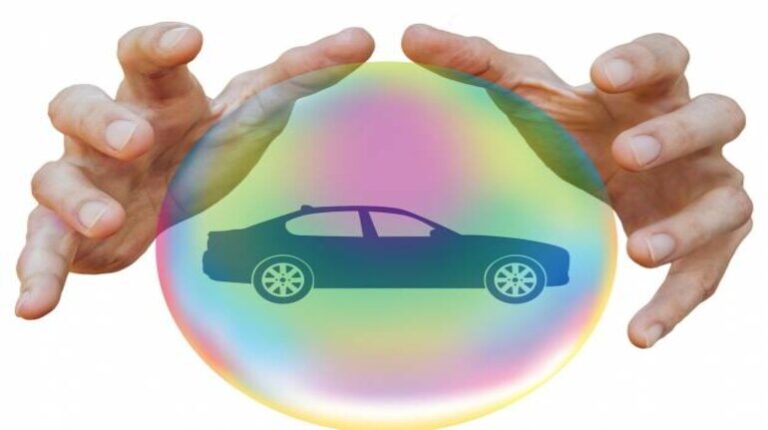Exploring the Latest Trends in In-Car Technology
In-car technology is evolving at an unprecedented pace, transforming how we interact with our vehicles and enhancing the driving experience. From advanced safety features to cutting-edge infotainment systems, staying updated on the latest trends can help you make informed decisions when choosing or upgrading your vehicle. Here’s a look at some of the most exciting trends in in-car technology today.
1. Advanced Infotainment Systems
A. Larger and Smarter Displays
- Touchscreen Interfaces: Modern vehicles come equipped with large, high-resolution touchscreens that serve as the central hub for various functions, including navigation, media, and climate control. These displays offer intuitive controls and a more immersive user experience.
- Voice Control: Enhanced voice recognition systems allow drivers to control various aspects of the infotainment system using voice commands. This feature reduces distractions and improves safety by enabling hands-free operation of functions like phone calls and music.
B. Smartphone Integration
- Apple CarPlay and Android Auto: These systems enable seamless integration of smartphones with the vehicle’s infotainment system. Drivers can access apps, navigation, and music directly from the car’s display, providing a more connected and convenient driving experience.
- Wireless Connectivity: Newer models support wireless versions of Apple CarPlay and Android Auto, eliminating the need for physical cables and offering greater ease of use.
2. Autonomous Driving Features
A. Advanced Driver Assistance Systems (ADAS)
- Adaptive Cruise Control: This feature automatically adjusts the vehicle’s speed to maintain a safe distance from the car ahead, making highway driving more relaxed and safer.
- Lane-Keeping Assist: Lane-keeping assist helps prevent unintentional lane departures by providing steering inputs or alerts when the vehicle drifts out of its lane, enhancing safety on the road.
B. Full Self-Driving Technology
- Autonomous Vehicles: Companies are making strides towards fully autonomous vehicles that can navigate roads without human intervention. These vehicles use a combination of sensors, cameras, and artificial intelligence to understand and respond to their environment.
- Driver Assistance Levels: Various levels of autonomy are available, ranging from basic driver assistance features to fully autonomous driving capabilities. Understanding these levels can help you choose a vehicle that aligns with your preferences and needs.
3. Enhanced Connectivity and Over-the-Air Updates
A. Vehicle-to-Everything (V2X) Communication
- Inter-Vehicle Communication: V2X technology allows vehicles to communicate with each other and with infrastructure elements like traffic signals. This communication can improve traffic flow, enhance safety, and reduce congestion.
- Infrastructure Integration: Vehicles equipped with V2X technology can receive real-time updates about road conditions, traffic signals, and other important information, helping drivers make better-informed decisions.
B. Over-the-Air (OTA) Updates
- Remote Software Updates: Many modern vehicles now support over-the-air updates, allowing manufacturers to remotely install software improvements and new features without requiring a dealership visit. This keeps your vehicle’s systems up-to-date and can enhance performance and functionality.
- Continuous Improvement: OTA updates enable continuous improvement of vehicle systems, providing access to the latest features and fixes without needing to visit a service center.
4. Eco-Friendly Technologies
A. Electric and Hybrid Vehicles
- Growing Options: The range of electric and hybrid vehicles is expanding, offering more choices for environmentally conscious drivers. These vehicles provide lower emissions and improved fuel efficiency compared to traditional gasoline-powered cars.
- Charging Infrastructure: As the adoption of electric vehicles increases, the development of charging infrastructure is also growing. Faster charging solutions and widespread charging stations make owning an electric vehicle more practical.
B. Energy-Efficient Climate Control
- Smart Climate Systems: New technologies are focusing on energy-efficient climate control systems that minimize the impact on battery life in electric vehicles. Features like automatic climate adjustments based on external conditions help optimize energy usage.
5. Personalized and Customizable Features
A. User Profiles
- Driver Preferences: Some vehicles now offer customizable user profiles that save individual driver preferences for seat settings, climate control, and infotainment choices. This feature ensures that each driver can enjoy a personalized driving experience.
- Adaptive Controls: Advanced systems can adapt to your driving style and preferences over time, offering a more tailored and comfortable experience.
B. In-Car Entertainment
- Streaming Services: Integration with popular streaming services allows passengers to enjoy entertainment options such as movies, TV shows, and music during their journey. This feature enhances the in-car experience for both drivers and passengers.
6. Conclusion
The latest trends in in-car technology are revolutionizing the driving experience, offering enhanced safety, connectivity, and convenience. From advanced infotainment systems and autonomous driving features to eco-friendly technologies and personalized controls, these innovations are designed to make driving more enjoyable and efficient. Staying informed about these trends can help you choose a vehicle equipped with the latest features that best suit your needs and preferences.
